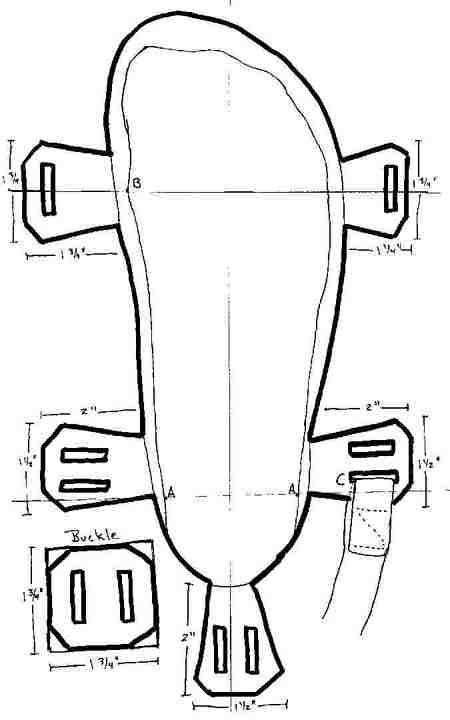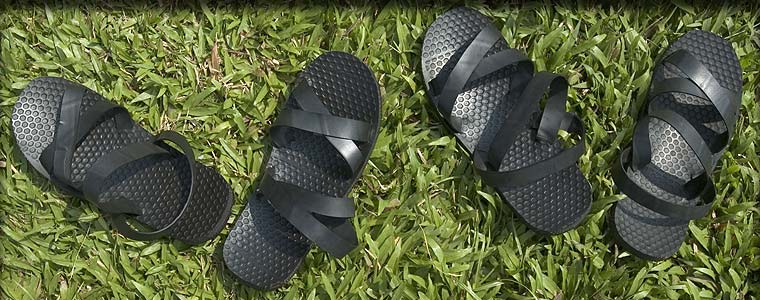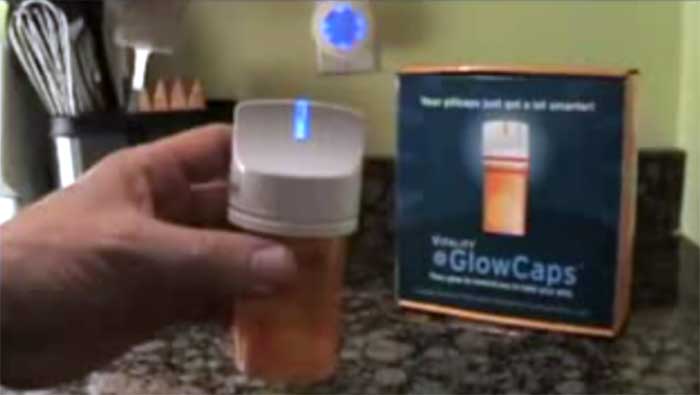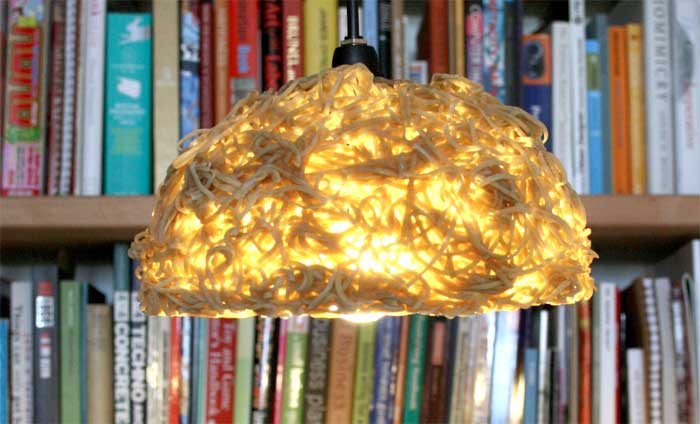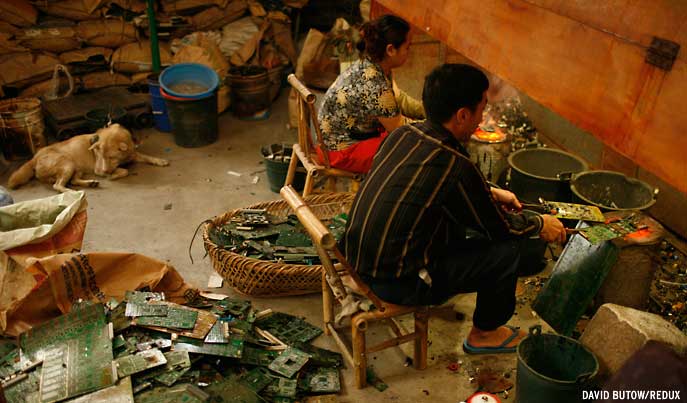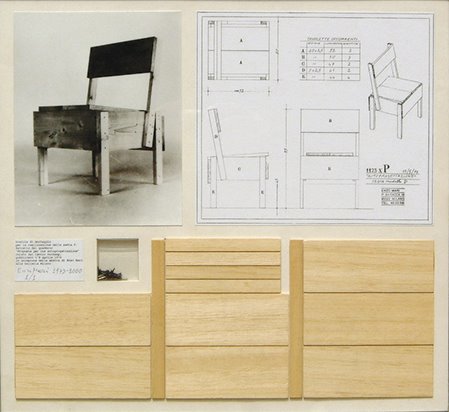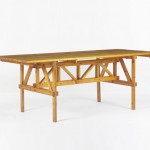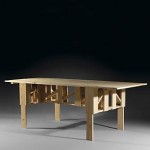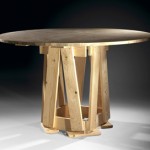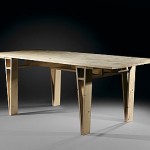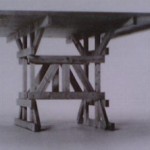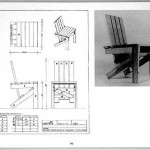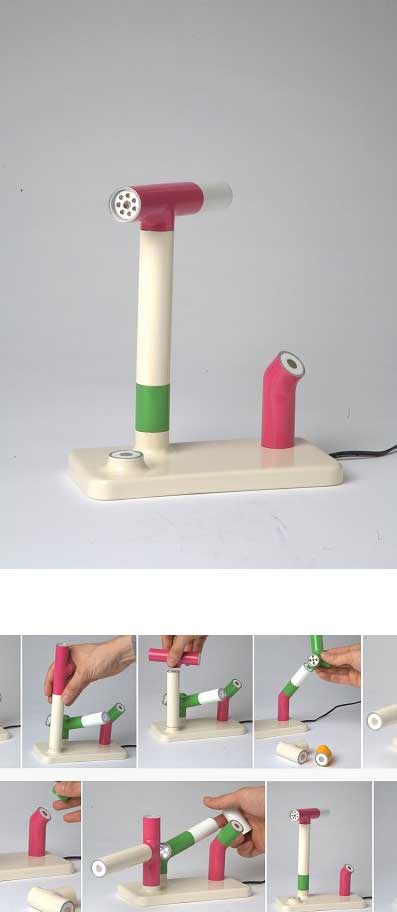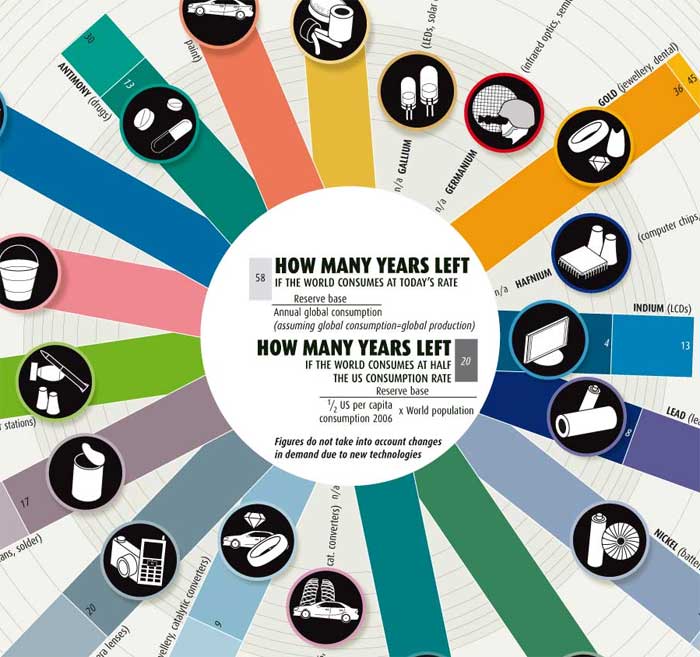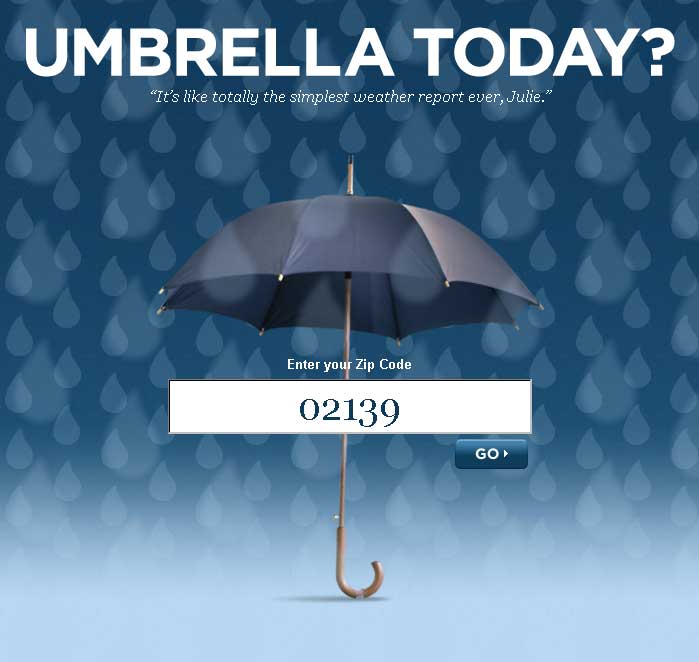Tiffany has a great post on the state of the art in diy shoes from scrap tires, including a link to this pattern for cutting sandals from a slab of reused rubber (above) and this link to purchase up-cycled Cambodian tire sandals from the Old Ho Rubber Sandal Company:
To replace your Old Ho’s straps if they ever break, simply use a small piece of wood (bamboo if you are in the jungles of Southeast Asia) about (4 in.) long and split it at one end, down about an inch. Insert the wood (split end first) into the slot on the sole (bottom) of the sandal until it appears out the top. Then insert a new inner tube strap into the split in the wood. Carefully, but forcefully pull the strap through the hole until about (1 in.) is showing on the underside of the sandal. Repeat this process for the slot on the opposite side of the sandal.
scrap shoes 2
glow pills
At the crossroads of Ambient and Persuasive interfaces, Glowcaps is a new product from ex-CEO of Ambient Devices David Roses’s new startup, Vitality. In this video he shows how the system is installed: it consists of pill bottle caps that glow red to remind you to take what’s inside, and blue when you’ve complied. These are partnered wirelessly to a color-changing night light, and the whole system works through a modem that communicates between the pill bottles and night lights and a service provider. These interfaces could be bought by people who seek to better care for themselves, and at the same time they could ease the guilt felt by friends and loved ones that forget to stop by every so often.
light noodles
Charlie Davidson’s Hasta la Pasta is part of the redesign (tagline: for designers who don’t want to make landfill) Lighten Up collection of lamps that have vastly reduced environmental impact. Making products out of food – like these spoons and these espresso cups – guarantees that they compost well and affords alternative uses – especially when you’re really, really hungry. But this example – being a non-food-related item – helps bring home another point: all materials could considered in terms of food equivalent; both socially (who gets designer furniture vs. who doesn’t get to eat) and environmentally (how much energy goes towards making food vs. how much goes toward making stuff). Next to living in a gingerbread house, making our furnishings from food brings us a little closer to home.
chip chop shops
Hiroshi pointed me to this BusinessWeek investigation on microchip counterfeiting, which explains how electronic waste recycling is profitable: used circuit boards are baked over coal fires to loosen precious microchips. These are rinsed in the local river and sorted according to manufacturer. The chips can be re-sold as is, or their markings can be sanded off to apply newer – and in some cases, completely different – logos and product names. This story focuses on how all of this is worth the trouble, because some of the chips can be re-marked as military-grade and sold for substantially higher prices. While this may be troubling for technologically advanced military superpowers, it also points to an encouraging side story about the fact that some of the precious materials encased in microchips are able to receive extended use through painstaking labor (some might call it ‘up-cycling‘).
Watch the video here.
design it yourself
Enzo Mari‘s 1974 Autoprogettazioni (Design and build-it-yourself projects) are simple schemes for tables and chairs that can be made from scrap wood in a variety of proportions and configurations. You can follow the designs or even buy complete kits, but you don’t have to: just looking at these images allows the designs to be freely copied, shared and modified.
light pipes
The tangible representation of light as material makes it fun – and intuitive – to add it and to take it away. We saw an adult version of modular light blocks at this year’s Salone Satellite; now a children’s bedside lamp by beingblease that allows the child to configure colorful magnetic tubes that bend and shape light through conductive connectors. Modular design has advantages for making products more (potentially) durable and – in many cases – fun.
material extinction
Earth’s Natural Wealth: an Audit explores the depletion of exotic materials necessary for manufacturing high-tech products through a series of intense infographics. The lesson is that some of our most desirable elements (Indium for LCD screens, Gallium for lasers and LEDs) are set to become completely extinct with ten or twenty years with no substitute and – most importantly – no way to recover them from the countless computer components they are a part of. Either we can prepare to go without displays or we need to design them in a way that their precious components can be readily restored and re-used.
binary weather report
Last year Ambient released an umbrella with a handle that glows if you should take it with you – a lot of electronics for a disposable water defender (especially when you consider the resources required to make a single computer chip). A much more elegant solution: umbrellatoday.com, the same simple suggestion without all the complicated circuits.
